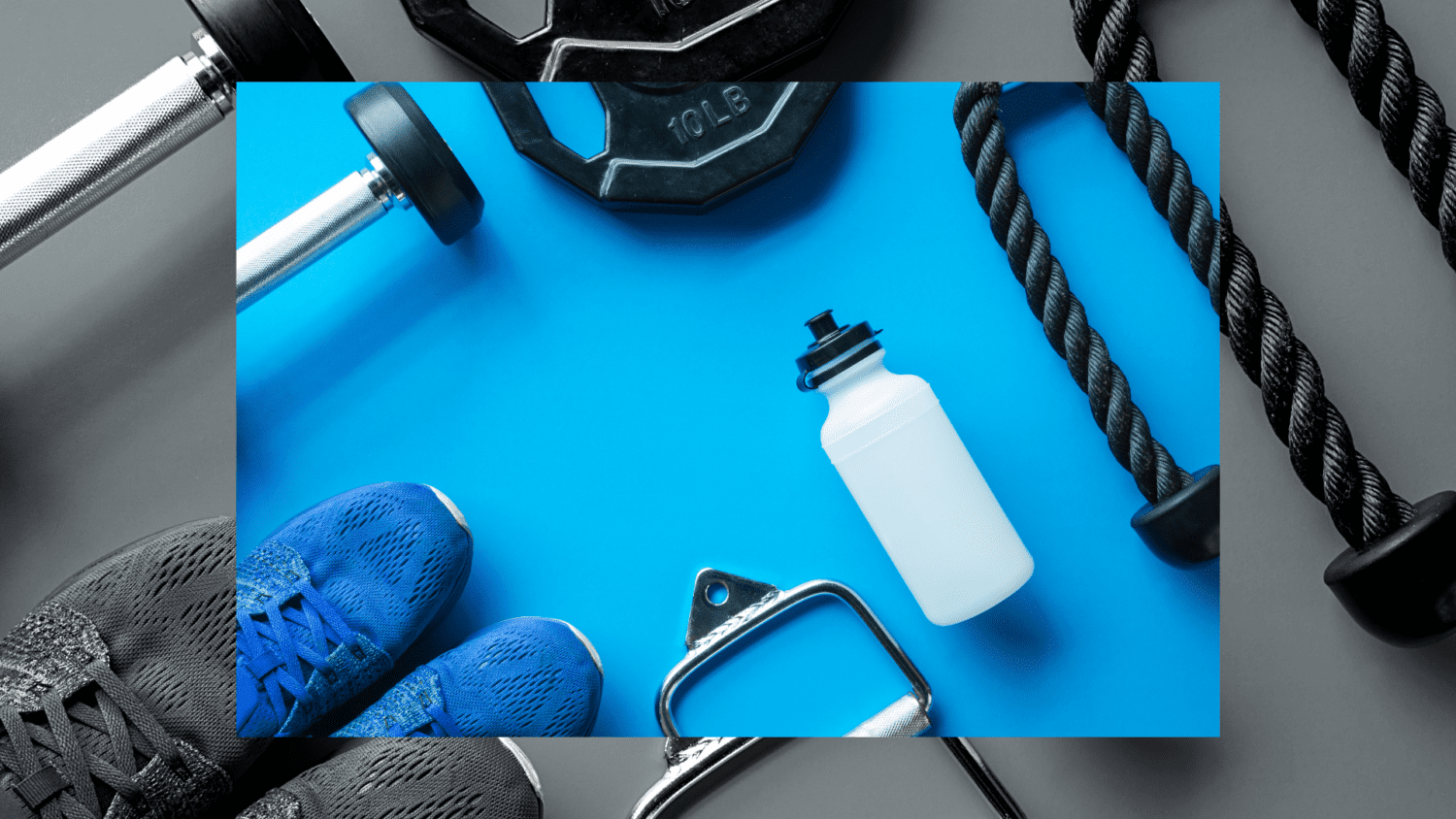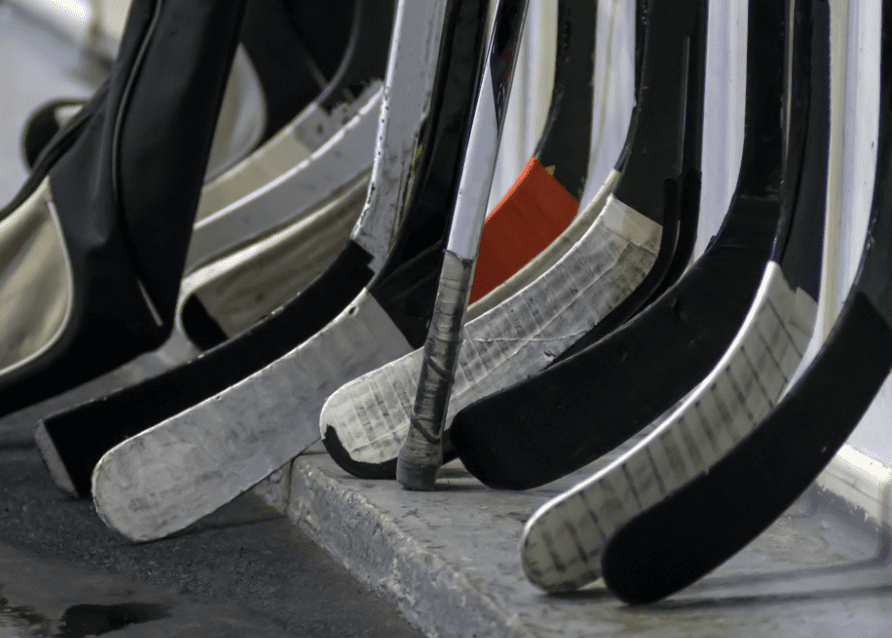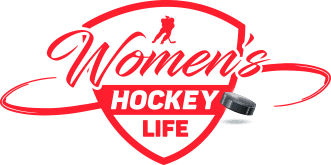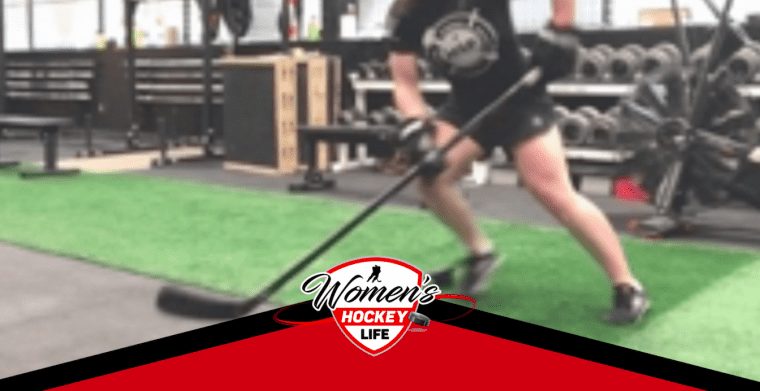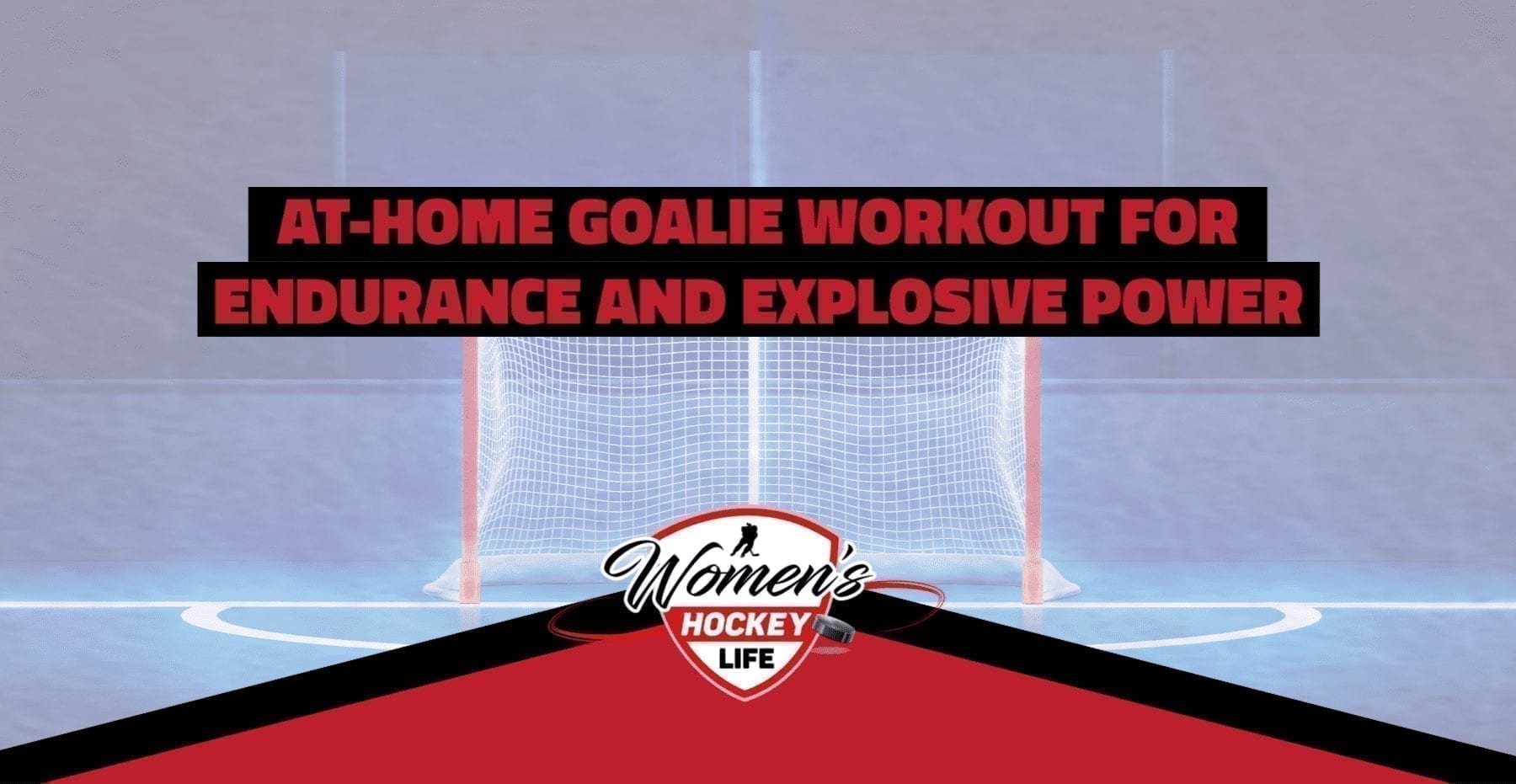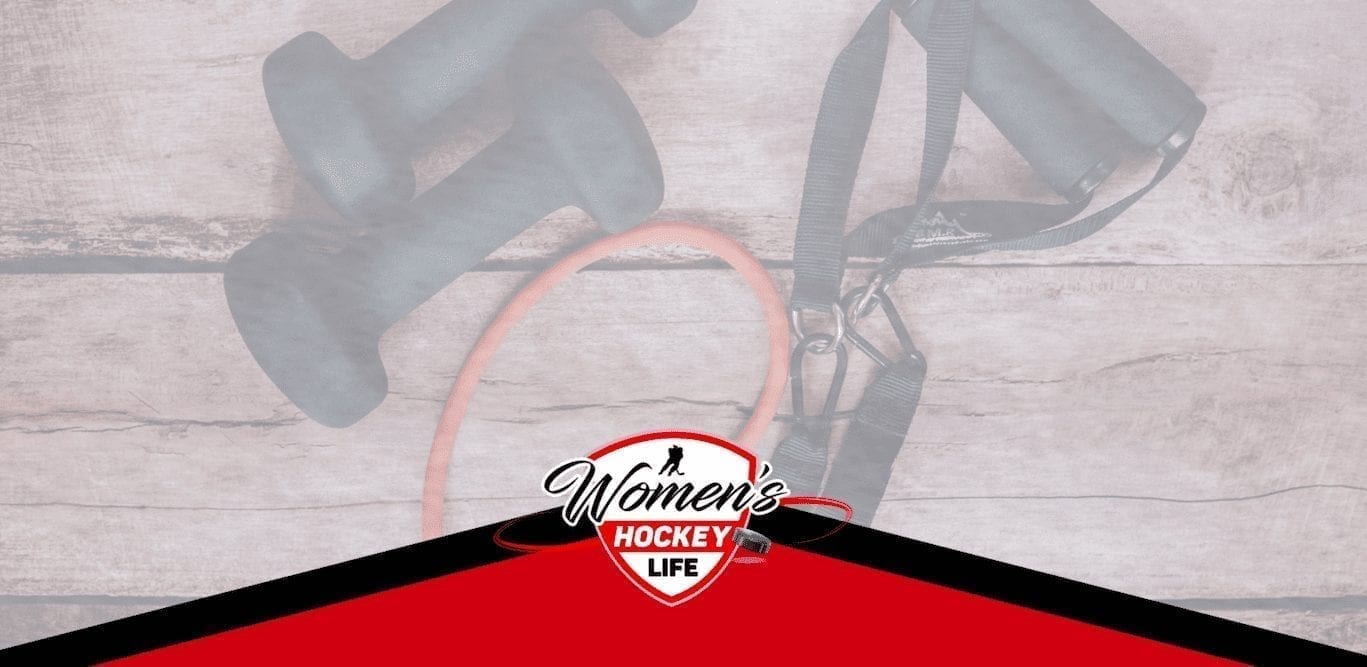While it’s obvious the hockey world has fully embraced the importance of off-season training over the past few years, in-season training still seems to be a mystery that baffles many players, coaches and even trainers every single season.
Too many times I’ve seen the same athletes come back summer after summer broken down, beaten up and back to where they started the off-season before, or worse. It reminds me of those folks who can never seem to get past that plateau and constantly work to lose (and subsequently gain back) that same ten pounds.
So, if the off-season is more for improving your strength and conditioning while maintaining or even slightly improving your on-ice skill set, wouldn’t it make sense that the in-season should be focused on improving your on-ice skills while at the very least maintaining that strength and conditioning you worked so hard for over the summer?
In today’s article, we’re going to touch on all the key points of ensuring you’re in top form every time you step on the ice, from the pre-season to the playoffs.
I won’t lie, sticking to a plan like this all season takes a level of commitment that most athletes aren’t willing to give, but I can assure you from experience with numerous high end hockey players, it will be worth it.
I’ve said it before and I’ll say it again, durability in sport is becoming more important than ability, and if you want to be relied upon throughout the season, you’re going to need to up your game off the ice as well.
Basic Principles
While this may seem obvious, I need to state it and make sure you understand its importance.
The goal of anything you do during the season is always improving your on-ice performance, first and foremost. Anything that takes away from your performance, even if only for a game, should be tweaked to better suit you as an athlete and your schedule.
Remember, these workouts are not about improving your squat or getting bigger arms, they’re about playing more games and performing at a higher level every game.
We’re not all built the same and should not be treated as such. While I’ll be giving you a prescription, it will be based on your own strength levels. You’ll also be expected to adjust as your energy dictates, possibly even taking a couple workouts off.
There’s nothing inherently wrong with missing a workout or two in-season, as long as the understanding is that it will enhance your performance more than the workout would have.
When to Workout
During the grind of a long hockey season, when is it best to workout?
Well, in a perfect world, you’d do as the pros do and workout after your games, but late games, early mornings and the logistics of getting to the gym from the rink often make that impossible for those of us who aren’t getting paid to play.
(However, you can scroll down for some examples of post-game recovery methods that anyone can do).
So, we’ll go for the next best thing. The best day to workout is the day after a game, as long as it’s not the day before another game. However, this is not always the case and you need to take a hard look at your schedule and when you can make it work, both physically and logistically.
So, let’s talk about some scenarios.
If you play back to back games, I’d suggest taking the next day off and training the day after.
If you play two games with a day in between, I’d suggest a movement flow (some will be included in the training plan) and a light workout at the most.
If you have two or more days between, you may be able to get two workouts in, depending on practice and life schedules, as well as time of season and energy levels.
Like I said, ideally you’ll workout the day after a game. Next best is two days after. It’s not recommended to workout the day of or day before a game.
Get the in-season training plan now.
How Long? How Intense?
During the season, I often prescribe shorter workouts, maximizing the time in the gym and the energy available to you. You already spend more time than most playing, preparing and generally being ‘at’ your sport, no need to add in a 90-minute workout to that schedule.
Intensity should always be monitored closely, as you’ll see in the program. We use a percentage of 1 rep-max to ensure movement quality stays high and injury risk in the gym stays low to non-existent.
Once again, everything we do in the gym needs to improve the on-ice product, so we treat the programming as such.
Post Game Recovery
I once heard the saying, “preparing for your next game starts as soon as the previous game ends.”
You’ll see this theme show up again in the nutrition section below, but this is arguably the most critical factor in separating yourself from others, as many either aren’t willing or don’t know how to do it.
The key to post-game recovery is self-awareness. You need to be able to identify how you’re feeling after the game and how ready you are to compete again, both mentally and physically. I like to have athletes rate this on a scale of one to five.
“Post Game Energy Level (0=OMG I’m dead, 5=let’s play again)”
This, along with your minutes played and upcoming schedule, will dictate how intense your post-game recovery is.
I split it up into 2 sections – a few movement flow options that all players must do, and some bodyweight workouts that those with lots of energy or those who didn’t play much can complete as well.
Here are some examples:
|
SECTION 1 |
CHOOSE 1 MOVEMENT FLOW FROM THE OPTIONS BELOW |
||||
|
Side Lunge with Rotation |
|||||
|
Complete 3 Rounds/Side |
Spiderman Lunge with Rotation |
||||
|
Plank Pike Toe Taps |
|||||
|
Pigeon Stretch |
|||||
|
90/90 Stretch with Rotation |
|||||
|
Cat/Camel Stretch |
|||||
|
Complete 3 Rounds/Side (preferred for those scoring <3 on energy level) |
Hip Rotations (Forward and Backward) |
||||
|
Bear Crawl Shoulder Taps |
|||||
|
Sit Through to Hip Bridge |
|||||
|
Groin Rockback with Reach and Rotate |
|||||
|
SECTION 2 |
CHOOSE 1 CIRCUIT FROM THE OPTIONS BELOW |
||||
|
BODYWEIGHT CIRCUIT #1 |
|||||
|
Complete As Many Rounds As Possible in 10 Minutes |
|||||
|
BODYWEIGHT CIRCUIT #2 |
|||||
|
Complete each of the A and B Circuits for 4 rounds as fast as possible |
|||||
Get the in-season training plan now.
Touching on Nutrition
While nutrition is important in all facets of your daily life, especially as an athlete, I’m going to touch on two specific times that athletes tend to be unsure of what they need—pre-game and post-game.
Pre-Game Nutrition
When I was playing, everyone had an opinion on when I should eat, especially in junior when the coaches and captains decided on pre-game meal timing for us.
Game at 7:30PM? We’ll eat at 2:30.
While that may work well for some players, it was horrible for me. I often found myself starving by the time we left for the rink around five and needing to go buy snacks at the concession stand.
So, find a time that works best for your pre-game meal and stick to it as best you can. Research suggests two to four hours prior to gametime.
As for what you should include, here’s the general consensus:
- Hydrate throughout the day. You don’t want to get stuck crushing water on the way to the game
- As with any meal for an athlete, the focus should be on ingesting high quality nutrients
- It’s recommended to avoid caffeine and sugar, as they’ll spike your blood sugar, then lead to a crash as well as foods high in fat, which will slow digestion and make you feel full (and slow) longer
- The focus before a game should be on complex carbohydrates, along with some protein. Carbs should be higher during this meal than any other and can include any options from the ‘post-game meal’ section as well. Pre-game meal options include:
- Oatmeal with a small amount of peanut butter and banana slices
- Turkey or chicken sandwich on whole grain bread with tomatoes and lettuce and apple slices
- Whole grain pasta with tomato sauce and lean ground beef, spinach salad with light, oil-and-vinegar dressing
Post-Game Nutrition
When it comes to post game nutrition, the sooner you can replenish nutrients and substrates that you lost during the game, the more prepared you’ll be for the next practice, workout or game.
Keys to post game nutrition include:
- 0.5g per kg of bodyweight whey protein isolate, mixed with plenty of water either in the dressing room or on the way home.
- A hearty post-game meal consisting of:
- Approximately 6oz of lean meat (such as chicken, turkey or ground beef)
- Approximately 1.5 to 2 cups of rice, quinoa, pasta or sweet potato
- 1-2 cups of cooked vegetables or a banana
All this information is simply that—information. And, in today’s day and age of having every piece of knowledge you could ever need in your pocket, information is useless if it’s not applied appropriately.
Which is why I’ve created a full month of in-season programming for you to test out. Using the principles and information from this article, you can take action and improve your performance and decrease your injury risk with a program built by a professional by simply clicking the link below.
But remember, none of this matters if you don’t act on it. So if you’re struggling with scheduling or anything to do with putting this plan into action, please email me or message me on Instagram or Facebook and I’d be happy to help.
Feature Image: Markus Spiske
[adrotate group=”1″]
Related Articles
Categories
Recent Posts
[adrotate group=”2″]


